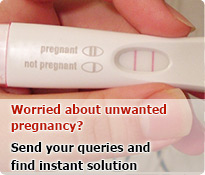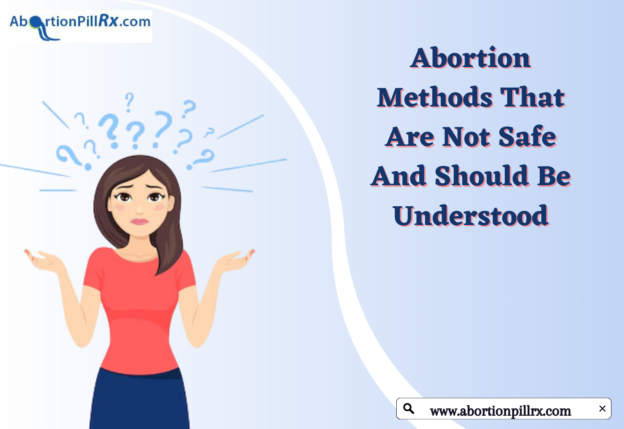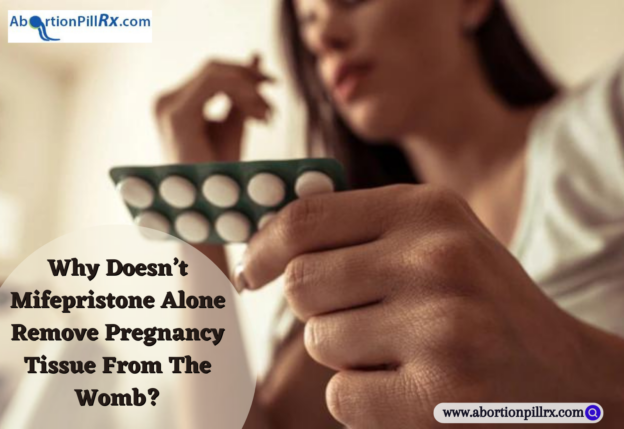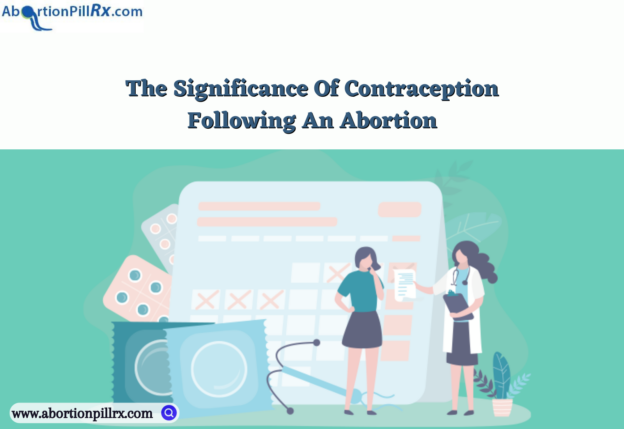Progress has been made worldwide in addressing four of the five primary factors contributing to maternal mortality. However, unsafe abortion, which is almost entirely preventable, remains a largely neglected issue.
Unsafe abortion continues to be responsible for at least one in 12 maternal deaths worldwide. When compared to the reductions achieved in other direct causes of maternal mortality, such as severe bleeding, severe infection, blood pressure complications, and obstructed labor since 1990, there has been minimal improvement in addressing the harmful consequences of unsafe abortion.
What Are Unsafe Abortions?
When women experience unintended pregnancies and don’t have access to safe abortion services, many may resort to unsafe methods, jeopardizing their health and lives. According to the World Health Organization (WHO), an abortion is considered unsafe when it’s performed by an unskilled individual in an environment that doesn’t meet basic medical standards or both.
The riskiest situations occur when untrained individuals employ dangerous and invasive techniques for abortions. Unsafe abortion stands as a significant contributor to maternal mortality, with severe consequences for women, their families, and communities.
What Prompts People To Opt For Unsafe Abortions?
Accessing safe abortion care should not put anyone’s life or health in jeopardy while making choices about their future. Regrettably, in many countries, abortion remains stigmatized and legally restricted, posing significant obstacles for those seeking it.
Women and girls desiring to terminate their pregnancies may confront various challenges, including:
- Local laws that restrict abortion access.
- A lack of clarity or understanding about legal provisions.
- Social stigma and discrimination surrounding abortion, cause individuals to feel ashamed and hesitant to seek help.
- Inadequate healthcare services, such as a scarcity of providers or clinics located far away with high costs that are unaffordable.
- Mandatory waiting periods or medically unnecessary tests create unnecessary delays in accessing care.
- Humanitarian crises or conflict situations that disrupt healthcare access.
Despite these barriers, it is essential to recognize that restrictions do not deter women who seek or need abortion. Instead, they drive women towards unsafe methods, increasing the risk of injuries and fatalities.
Unsafe Abortions Methods
A common unsafe abortion method involves women taking unprescribed multiple pills or consuming toxic substances or herbs, either orally or by vaginal insertion. Another perilous method is inserting sharp objects into the uterus through the vagina and cervix. This approach carries substantial risks, including sepsis, uterine perforation, severe hemorrhaging, and internal organ damage. Survivors of these complications may suffer enduring reproductive consequences, potentially necessitating uterine removal for treatment. Enhancing worldwide access to safer abortion methods can help prevent these severe consequences.
What Are The Outcomes Of Abortions Conducted In Unsafe Conditions?
Unsafe abortion, despite being nearly entirely preventable, continues to be a leading cause of maternal mortality worldwide. The risks go beyond physical danger. Barriers to safe abortion access and the associated stigma have enduring detrimental effects on a woman’s mental well-being, as she grapples with the feeling that decisions regarding her reproductive health are not her own.
Engaging in unsafe abortions presents both immediate and enduring health hazards, with profound consequences for women. Annually, more than 9 million women contend with complications stemming from unsafe abortions, leading to enduring injuries, severe disabilities, excessive bleeding, harm to internal organs, and even the loss of fertility. These repercussions exact a devastating toll on women’s lives, affecting their physical and reproductive well-being, and highlighting the urgent need for safe and accessible abortion care.
Conclusion
In conclusion, unsafe abortions carry significant economic burdens, forcing women into financial hardship and limiting access for those with fewer resources. These issues disproportionately affect marginalized communities, highlighting the need to eliminate barriers. A future where no abortion is unsafe is possible by removing these obstacles and ensuring reproductive choices are accessible to all. One can opt for medical abortion which is considered quite safe, you just have to buy abortion pills online from sites like abortionpillrx. The pills are of great quality and work effectively well.





